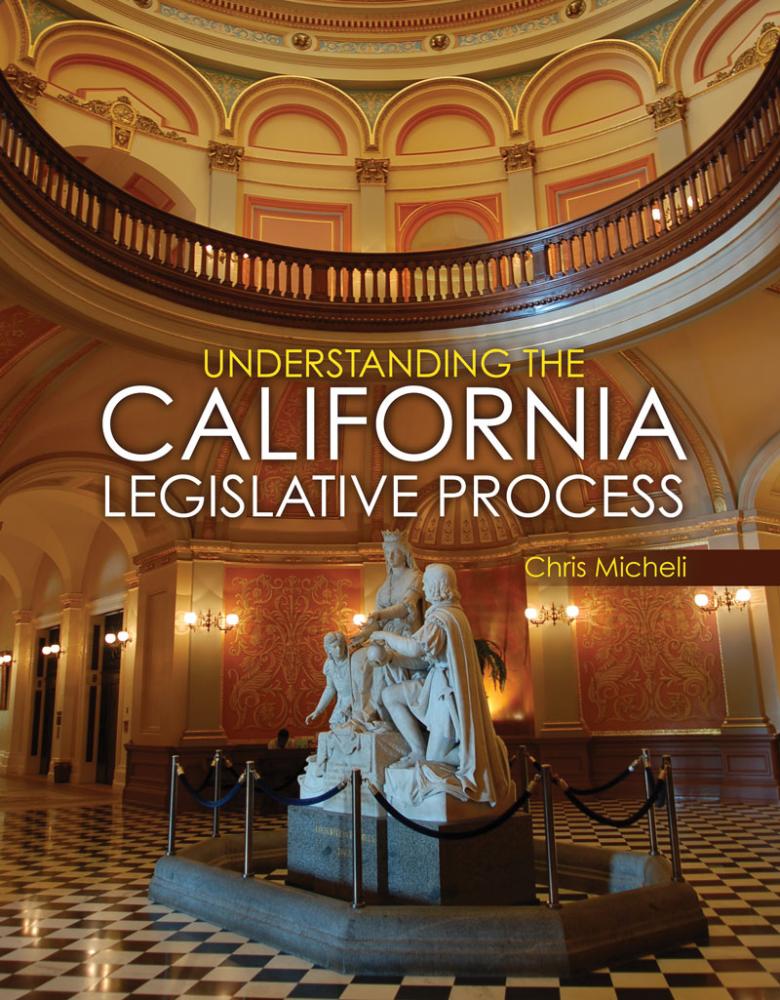
Legal books. (Photo: public domain)
Guidelines for Forming Legislative Sentences
There should be only one legal subject in any one measure
By Chris Micheli, November 5, 2020 7:13 am
For legislative drafters, there are important standards to follow when putting together legislative sentences that will make up bills, resolutions, or constitutional amendments. Some of these guidelines are obvious as they are used to compose any sentences in writing. Nonetheless, there are a few modified rules for legislation, including several of the items discussed below.
Initially, the drafter needs to select the legal subject of the statutory provision and the subject should be a legal person that the law acknowledges has rights, duties, or obligations. Once that legal person is determined, the person should be the grammatical subject of the legislative sentence. On occasion, an inanimate thing can be the subject when necessary.
Perhaps an obvious point, but to better ensure lack of ambiguity, there should be only one legal subject in any one measure and that subject should be in a primary position in the sentence. And, that subject should usually be at the beginning of the sentence and before the verb. It should be an action verb, and the verb should be in the active voice, as well as the present tense. This helps ensure the legal subject is doing something now, rather than in the future, for example.
Numerous statutes provide conditions that specify when a provision of law will apply and under what circumstances that will occur. It is more difficult to understand a subordinate clause without having read the principal clause first. According to most legislative drafting manuals, and Athabasca University’s Graduate Diploma in Legislative Drafting program, the condition specified in a statute should generally be a condition precedent (meaning that the main provision of the sentence will take effect only if the specified action occurs first).
For ease of understanding by the reading of a statute, a condition precedent should generally be placed near the beginning of the sentence. In other words, it should go before the legal subject of the statute because the condition has to be met before the rest of the legislative sentence applies. And, just like with other verbs, conditions should be set forth in the present tense.
If the statute has more than one condition, the conditions should be specified in a logical order. Chronological order is the most common example of this guidance. When writing the condition, the drafter should use an appropriate introductory term, such as “if,” “when,” or “unless.” As opposed to earlier drafters, today’s legislative drafters generally stay away from the term “where” to introduce a condition.
Instead, readers will more often find that the word “if” is used to introduce a condition in which a specified rule operates; “when” is used to introduce a condition that describes an action or event for which the rule takes effect; and, “unless” is used to introduce a condition describing an action that prevents the specified rule from taking effect.
- Third Quiz on Where Areas of Law Are Found in the California Codes - December 30, 2025
- Management of Unclaimed Property - December 30, 2025
- Petitions and Responses in Arbitration - December 29, 2025




